- Home
- Joyce Carol Oates
In Rough Country Page 25
In Rough Country Read online
Page 25
Here were men who’d come from places with flat and functional names like Half-Day Bridge, Boundary Wood, Center Island, and, yes, Ferrytown, but within a day or two they expected to travel on the Dreaming Highway, which led, so they believed, through Give-Your-Word Valley to Achievement Hill and a prospect of the Last Farewell…The journey to the boats…would be an easy and speedy one. “A hog could roll there in a sack.”
We are told that the land was once so fertile “it used to be boasted that you had only to flick a booger on the ground for a mushroom to grow overnight.” With deadpan earnestness it is explained how tying a living pigeon against the sole of one of Franklin’s feet—“pinioning its wings and backs against his insteps”—once saved Franklin from a deathly illness, since it’s known that “diseases depart from the body through the soles of the feet.” Franklin is described repeatedly as “tall”—“immensely tall”—while his future mate Margaret is “tiny”—figures of romantic clichés. There is a droll, mock-fairy-tale tone to The Pesthouse that grates on the nerves, for it isn’t clear, given the faux-naif folksiness of Crace’s approximation of American “rural” speech, whether he wants us to feel sympathy for his mentally challenged characters, or laugh at them as fools who have brought their collective doom upon themselves. Here is the affable simpleton Franklin:
he proved to be a useful beast of burden, willing and easily tamed. But making him menacing and dangerous would be beyond the ingenuity of the Devil himself. The man might be big, but he was hardly daunting. He laughed inexplicably and too loudly every once in a while. He blushed like a girl. He did what he was told too readily.
Held captive by a crew of rustlers, as in a Western film, Franklin is menaced by their chief, the worst kind of villain, one who threatens in rhyme: “The man who quits is cut to bits. His toes are separated from his nose.” Meanwhile, in a protracted scene of pursuit and escape, Margaret eludes would-be rapists and murderers on foot and on horseback, clutching a baby in her arms; though she has seen the corpse of a recent rape victim, yet she thinks that “probably her danger would prove to be brief and somewhat comical.” Comical? Margaret is thirty-six years old and has seen numerous corpses yet she remains inexplicably, absurdly childlike: “Rape and death were only words to her. Pain she understood a little more.” But how is this possible, given what Margaret has experienced? The reader has the uneasy suspicion that the author has forgotten who Margaret is, or is supposed to be, like Franklin an unconvincing character symbolizing Simplicity, Innocence. Yet more forced is an interlude meant to be broadly satiric, when Margaret takes up residence in the Blessed Ark, a commune of sorts presided over by a twenty-member monastic order mysteriously called the Finger Baptists/Helpless Gentlemen whose “flaccid arms and lifeless hands” have become atrophied for want of use. Gaining entrance to the Blessed Ark seems to (comically?) replicate the experience of airline passengers making their way through security checkpoints:
“Nothing metal, nothing metal,” [one of the Finger Baptist devotees] was commanding, walking up and down the line, repeating his instructions and devotions to every group, “Remove all metal from your hair—no antique combs—no knives at all, no silverware, no ear or finger rings, no pans. Metal is the Devil’s work. Metal is the cause of greed and war. In here we are…the enemies of metal. Check your pockets. Shake out all your rust. Remove your shoes. Unlace your bags.”
Inside the Ark, Margaret discovers peculiar rites of homage: devotees spoon food into the mouths of the Finger Baptists/Helpless Gentlemen, who “did not want to feed themselves.” Since it is believed that “Hands do Devil’s work” these holy men must be serviced by devotees, preferably attractive young women like Margaret who finds herself, as in a campy rerun of Atwood’s Handmaid’s Tale, pressed into duties that include bathing the holy men, cleaning their teeth, dressing and undressing them, massaging and masturbating them: “She found the whole procedure unpleasant and disturbing.” No plausible reason is suggested how, or why, in a hardscrabble near-anarchic post-Apocalyptic world, such fatuous individuals as the Helpless Gentlemen have come to exist, still less why anyone would service them; if this is Crace’s idea of satire, one is obliged to ask satire of what? (Surely not the Baptist Church? Yet why “Finger Baptists”?) The holy men are deluded idealists, perhaps, and/or plain crazy: “The Helpless Gentlemen had set their minds and bodies against the country’s ferrous history. Wingless and with withered arms, they’d earned their places at the side of God.” None of this is made remotely credible, convincing, or even interesting, calling to mind Aristotle’s exasperation in the Poetics with episodic plots: “Of imperfect plots and actions the episodic are the worst. By an episodic plot I mean one in which the episodes do not have to each other the relation of either probability or necessity.”
What is most baffling about The Pesthouse is that, unlike Crace’s more characteristic fiction, it seems to lack an inner, intellectual core and to be, in essence, more an action-adventure romance akin to Hollywood Westerns of the 1950s than an original work of speculative fiction. The great strength of Crace’s work—nowhere more in evidence than in Being Dead, with its fascinating narrative perspective, and Quarantine, which so compellingly imagines the fabled “forty days” of Christ’s fast in the desert—is its inwardness; yet The Pesthouse is all surface, suffused with an air of déjà vu. It’s as if, setting out for a “happy ending,” Crace could only employ puppet-figures as characters. The conclusion of the novel reunites Margaret and Franklin (“joy was fizzing in [Franklin’s] lungs”), imagined as mythic Adam and Eve figures destined to re-settle and re-populate America. Abruptly, the novel’s tone changes, as in a parody of a sentimental romance:
It was as if the country that had once been hostile to them was regretful for it and was now providing recompense—fewer dangers, warmer nights, softer going in a season that was opening up rather than shutting down. It even decorated the way with early flowers.
No more toxic soil? No more “mocking” storms? Where have “anarchy and spite” disappeared to? In this mawkish upbeat ending in which “Good fortune showed its face” after so much hardship and peril, we are meant to rejoice at the prospect of a new, American-born Adam and Eve lighting out for the territory. If the future is anything like the past, good luck to them.
THE STORY OF X: SUSANNA MOORE’S IN THE CUT
Susanna Moore is the author of three previous novels, set for the most part in her native Hawaii: My Old Sweetheart (1982), The Whiteness of Bones (1989), and Sleeping Beauties (1993). Each is a novel of substance and achievement in the fullest Hawthornian sense—rich with “minute fidelity” to the socially ambiguous, physically seductive world, narrated with sensitivity and intelligence by young women who have broken with their mesmerizing pasts. Of the three, My Old Sweetheart is perhaps the most delicately realized, an elegiac reminiscence of an island childhood passed under the spell of the narrator’s charismatic but mentally unstable mother, who eventually kills herself. My Old Sweetheart is one of those elusive, shimmering works of fiction, bold, impressionistic, subtle, and mysterious, that resist paraphrase and summary, like Marilynne Robinson’s equally haunting first novel, Housekeeping; like the prose of Katherine Mansfield, Virginia Woolf, the early stories of Eudora Welty. One is reminded too of Jean Rhys’s masterpiece Wide Sargasso Sea, with its obsessive lyricism and mounting dread. The poisoned paradise of subtropical islands, for those of white skin! My Old Sweetheart evolves into something of a mystery as the narrator searches for her eccentric physician-father who seems to have disappeared into Cambodia as a medical relief worker, but the mystery is never resolved.
Perhaps because more structurally ambitious, with many more characters and settings, and many more discursive prose passages, Moore’s other two novels are less certain achievements; as if, in exorcising the spell of an island childhood, the author were casting off its power to spellbind as well. Yet, for the writer, there is no direction other than forward, outward. The historical/mythological/archetypal
heritage of the past, however richer than the contemporary civilization beyond the island, is simply too much of a burden to be borne. Moore’s young women protagonists initiate themselves sexually as a way of self-definition, but the initiations are not always edifying. Mamie of The Whiteness of Bones thinks uneasily, in the minutes before, in fact, she is clumsily assaulted in a Chicago hotel room:
She had always suspected that the mistake of feminism was its refusal to admit the superior, undeniably superior, strength of men—not economic or political strength, that was another thing altogether—but the simple fact that at any moment, [a man] could reach over and snap her narrow wrist in two.
Leaving aside for the moment the fact that feminism has not exactly been unaware of male “superiority” in physical terms, and that the very foundation of feminism may be a reaction in defiance of this “superiority,” Moore’s passage is notable for its air of passivity, fatalism; it is consistent with Moore’s depiction generally in her fiction of unchallenged male aggression. The young woman narrator of Moore’s new novel In the Cut, inexorably drawn to “big, handsome” men who will abuse her, ponders the difference between male and female perversion: “The action of the man is directed toward a symbol, not himself. The woman acts against herself.” “In the cut” means, quite bluntly, “in the cunt.” Yet “cut” with its implications of slashing, maiming, is very much to the point.
Where Moore’s Hawaii-generated novels are lush, sensuous, capacious in their sympathies, In the Cut, set in a New York City imagined as an anteroom to Hell, is minimalist in both concept and execution. For Moore, as for many novelists, physical settings have the potency of characters, and In the Cut is very much dominated by its gritty urban background. Some of the strongest passages in this generally rather underdeveloped novel have to do with place; or, more accurately, with the tremulous intersection between person and place, as if “place” had the power to infiltrate soul.
I stood on the street, smelling the diesel from the trucks on the West Side Highway and the odor of brine from the Hudson River, too faint to be really pleasing, and that particular New York smell, at least in summer, of urine…
As I walked north, cars shooting past now and then like noisy comets, I decided I would not mind excessively the seeing of a rat (Pauline once saw hundreds of them pour out of a Con Edison hole at the corner of Desbrosses and Hudson and undulate in ripples across the cobbled street and then undulate back again, diving into the hole as if the Pied Piper himself had summoned them back), but I would not be very happy to hear a rat. The sound fills me with particular dread. It is a high, beseeching call, like that of newly hatched birds, and it causes my hair to stand on end.
In this city stray men urinate publicly, sometimes on the very doorstep of the (unnamed) protagonist’s Washington Square apartment building. Other men, including one of her writing students at NYU (where she teaches a single course, presumably as an adjunct), are overly attentive to her and may even be following—stalking?—her. Moore’s New York is a city in which it is distressing but not inordinately surprising to learn that the mutilated body of a young woman has been found virtually across the street from one’s apartment, in Washington Square Park. Yet X, the protagonist, never draws the blinds to windows that are open to the street and even sleeps, as she informs an investigating NYPD homicide detective, with her windows open. Though a psychotic serial killer appears to be operating in the city, she continues to walk alone at night in deserted neighborhoods.
She meets her cynical, shopworn friend Pauline (“Her sexual swagger is only the convention of a woman who suspects that there is little hope for happiness with a man, and who hedges her bet by pretending that she is grateful to be alone”) in a singularly disagreeable place called the Pussy Cat which is patronized mainly by truckers and “downtown artists who think it’s cool to be in a bar filled with truckers” and staffed by topless waitresses, of whom one has mastered the knack of “lifting paper money, preferably twenties, from the bar-top with her vagina.” (“[Tabu] offered to teach me the vagina trick but I explained I had trouble enough with situps.”) X has journeyed a long distance from her sketchily recalled Philippine childhood.
X presumably represents the elusiveness of self, the emptiness, the “cut” at the core of the female in an overwhelmingly male, and violent, world. She declares that she is not a masochist even as she acknowledges that her passivity rejects an “expectation of causality” that might result in the drift into “a certain collusive masochism.” Moore’s implication is that the drift is cultural, collective, and not individual. Physiognomy, too, is presented as destiny: X identifies with her body (as perceived and acted upon by men), and for a woman, in the claustrophobic genre of erotic horror at least, the body is solely the sexual being, the female genitalia. Or is X unusually unlucky? Her former husband, a photographer, seems to have been even more sinister than her homicide detective lover, having nagged her for years to allow him to “realize his life’s ambition of photographing a scorpion in my vagina.” (“I’m sick of beauty,” this absent male has said, though there is no evidence that he has tried it.) X’s meager memories of her absent father involve his having literally abandoned her in a hotel room in Geneva when she was thirteen years old, and his pornography collection in which she’d discovered a print of a geisha “with the heel of her bare foot in her vagina.”
In The Whiteness of Bones, following a violent sexual assault which for some reason the young heroine Mamie does not report to the police, she seems to blame not the drug-addled assailant but herself, in fact not herself but her genitalia: “It is what started everything, you know, all my trouble, a vagina…The bad thing is, I don’t know what I can do about it.” In a delirium of self-loathing she muses, “Vagina as fate. Vagina as fight. Vagina as fête.”
Intermittently, through X, Susanna Moore demonstrates a flair for witty, understated irony in the manner of Joan Didion, but overall X’s lack of self-definition weakens the novel. It is difficult to believe in X as a coherent character and not rather a floating cluster of impressions, ideas, memories, and a physical body to which things are done by others, namely men; a sequence of artful notebook entries, perhaps, by a mordantly gifted writer living in New York City in debased times. Often, despite her alleged intelligence, X behaves not only stupidly, but inexplicably; unless her desire to fall prey to a marauding male is meant to explain everything. It is as if Muriel Spark had imagined the frenzied, doomed anti-heroine of The Driver’s Seat as passive, endearingly “feminine”—the perfect victim, in other words. X lacks even the self-destructive energies of Judith Rossner’s lonely schoolteacher in Looking for Mr. Good-bar, which In the Cut recalls.
Closet admirers of LAPD Detective Mark Fuhrman will be intrigued by NYPD Detective Jimmy Malloy, a Vietnam veteran in his late forties with a flair for macho speech and even more macho sexual behavior. Like the notorious Fuhrman, Malloy serves as a swaggering initiator into a sinister world of police ethics and comportment for a young woman university instructor and writer who becomes enthralled by him and the slang with which he and his fellow NYPD officers define the world. Where Laura Hart McKinny seems to have maintained a skeptical distance between herself and the boastful racist Fuhrman, however, over the course of their sixteen-hour taped interview, X is infatuated with Malloy at their first meeting. (He has come to interview her regarding the brutal murder/“disarticulation” of the young woman whose body has been found in Washington Square Park.) X’s attraction to Malloy is immediately sexual, to his macho self, and romantic, the yearning of the weakly passive for the strong, unpredictable male. Attaching herself to Malloy, X begins to assemble a dictionary of police slang: “The words themselves—in their wit, exuberance, mistakenness, and violence—are thrilling to me.” The dictionary entries, interspersed through the narrative, are a measure of X’s increasingly obsessive involvement with Malloy. They constitute a jarring poetry of assault:
virginia, n., vagina (as in “he penetrated her virginia
with a hammer”)
snapper, n., vagina
gash-hound, n., someone who loves gash
brasole, n., vagina (from the Sicilian? bresaola? cured meat?)
to knock boots, phr., to have sexual intercourse
to do, v., to fuck
to do, v., to kill
smudge, n., black person
Ape Avenue, n., Eighth Avenue (police slang)
cocola, n., black person (Puerto Rican word)
spliv, n., black person
to pull a train, v., to have group sex, gang-bang
dixie cup, n., a person who is considered disposable
hamster, n., black person (Bronx word)
to get some pink, phr., to have sexual intercourse
bloodclot, n., worst possible insult in Jamaican slang
The suspense of In the Cut has much to do with the reader’s suspicion that Detective Malloy may be the serial killer he and his handsome partner “Richie” Rodriguez are looking for. Is it a clue, or meant to mislead, when Malloy describes “disarticulation” to X: “It is when an arm or a leg is pulled out of the joint, not cut, not sawed, but pulled out…It makes a funny sound.” Certainly Malloy is not a model of integrity: “[He] lies to bosses. Lies on the stand. He boasts about it. Lies under oath. It’s called testilying, he’d told me.” In a less cynical time, Jimmy Malloy would be a “rogue cop”—a sub-species of “rogue male”—but the term has become anachronistic. “Rogue” suggests isolation, a romantic estrangement or expulsion from the herd; the police officers of In the Cut, like those Los Angeles officers for whom Fuhrman would seem to have been a spokesman, are herd animals themselves, bonded by deeply entrenched attitudes and acts of racism, sexism, casual and continuous violations of police ethics. Though necessary for the development of the plot, X’s awe for these macho swaggerers is not treated ironically and rather quickly begins to grate.

 Starr Bright Will Be With You Soon
Starr Bright Will Be With You Soon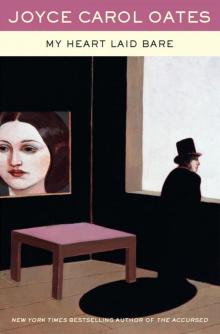 My Heart Laid Bare
My Heart Laid Bare A Fair Maiden
A Fair Maiden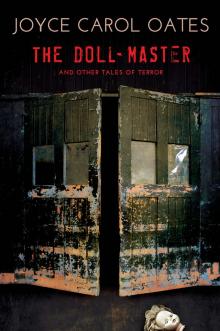 The Doll-Master and Other Tales of Terror
The Doll-Master and Other Tales of Terror Wild Nights!: Stories About the Last Days of Poe, Dickinson, Twain, James, and Hemingway
Wild Nights!: Stories About the Last Days of Poe, Dickinson, Twain, James, and Hemingway Two or Three Things I Forgot to Tell You
Two or Three Things I Forgot to Tell You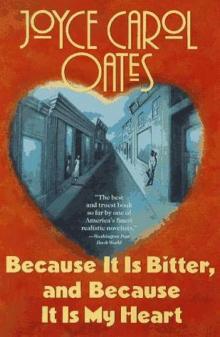 Because It Is Bitter, and Because It Is My Heart
Because It Is Bitter, and Because It Is My Heart Missing Mom: A Novel
Missing Mom: A Novel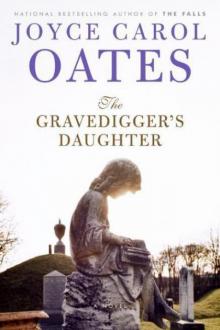 The Gravedigger's Daughter: A Novel
The Gravedigger's Daughter: A Novel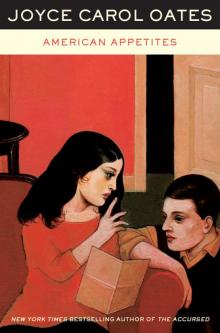 American Appetites
American Appetites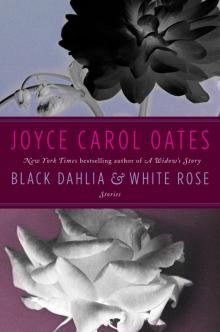 Black Dahlia White Rose: Stories
Black Dahlia White Rose: Stories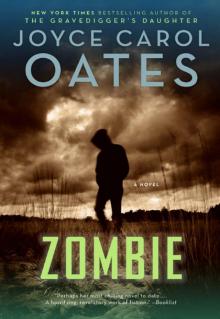 Zombie
Zombie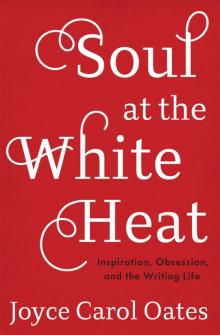 Soul at the White Heat: Inspiration, Obsession, and the Writing Life
Soul at the White Heat: Inspiration, Obsession, and the Writing Life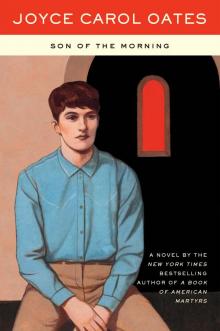 Son of the Morning
Son of the Morning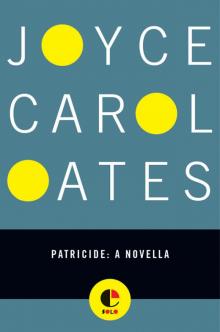 Patricide
Patricide Snake Eyes
Snake Eyes Wonderland
Wonderland In Rough Country: Essays and Reviews
In Rough Country: Essays and Reviews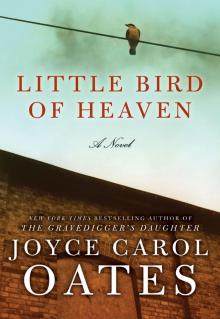 Little Bird of Heaven
Little Bird of Heaven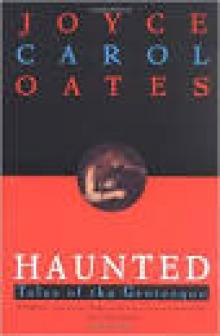 The Haunting
The Haunting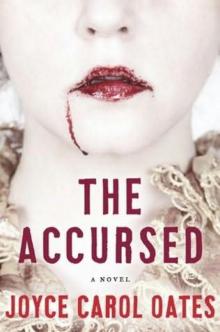 The Accursed
The Accursed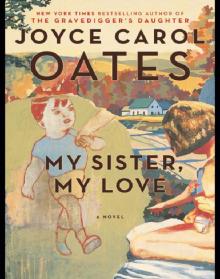 My Sister, My Love: The Intimate Story of Skyler Rampike
My Sister, My Love: The Intimate Story of Skyler Rampike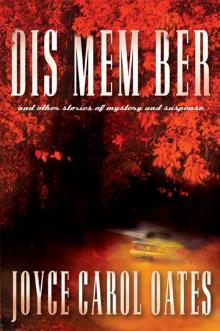 Dis Mem Ber and Other Stories of Mystery and Suspense
Dis Mem Ber and Other Stories of Mystery and Suspense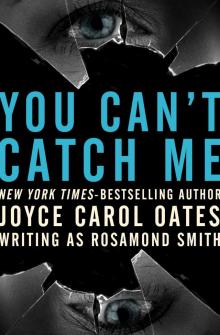 You Can't Catch Me
You Can't Catch Me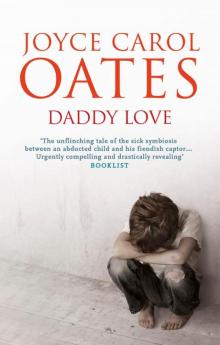 Daddy Love: A Novel
Daddy Love: A Novel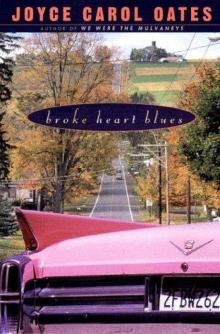 Broke Heart Blues
Broke Heart Blues I'll Take You There
I'll Take You There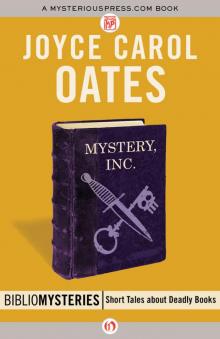 Mystery, Inc.
Mystery, Inc. We Were The Mulvaneys
We Were The Mulvaneys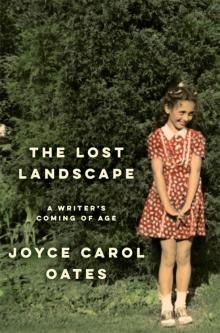 The Lost Landscape: A Writer's Coming of Age
The Lost Landscape: A Writer's Coming of Age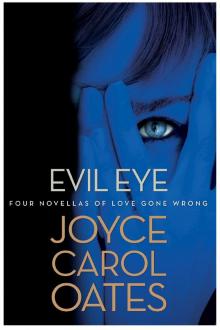 Evil Eye: Four Novellas of Love Gone Wrong
Evil Eye: Four Novellas of Love Gone Wrong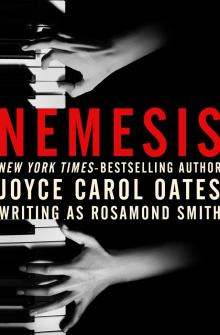 Nemesis
Nemesis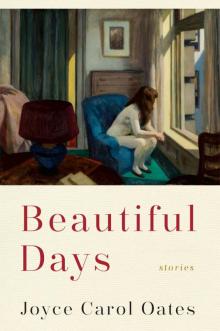 Beautiful Days: Stories
Beautiful Days: Stories On Boxing
On Boxing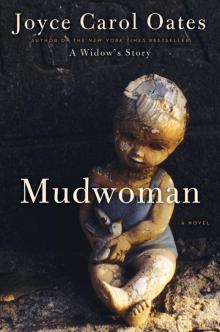 Mudwoman
Mudwoman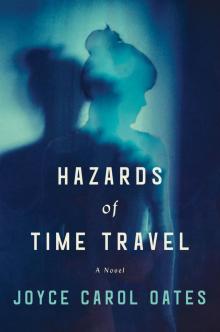 Hazards of Time Travel
Hazards of Time Travel Night-Gaunts and Other Tales of Suspense
Night-Gaunts and Other Tales of Suspense Mysteries of Winterthurn
Mysteries of Winterthurn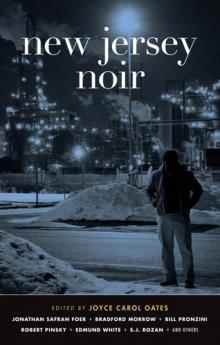 New Jersey Noir
New Jersey Noir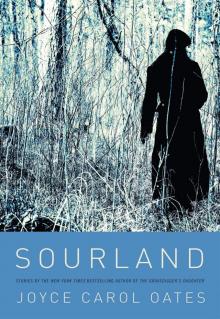 Sourland
Sourland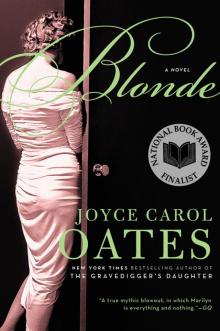 Blonde
Blonde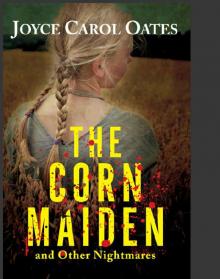 The Corn Maiden: And Other Nightmares
The Corn Maiden: And Other Nightmares The Oxford Book of American Short Stories
The Oxford Book of American Short Stories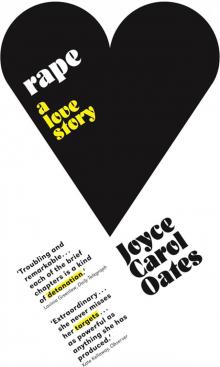 Rape: A Love Story
Rape: A Love Story Lovely, Dark, Deep: Stories
Lovely, Dark, Deep: Stories After the Wreck, I Picked Myself Up, Spread My Wings, and Flew Away
After the Wreck, I Picked Myself Up, Spread My Wings, and Flew Away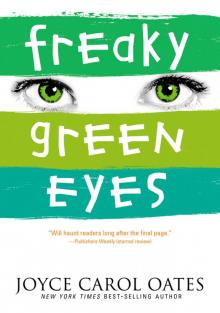 Freaky Green Eyes
Freaky Green Eyes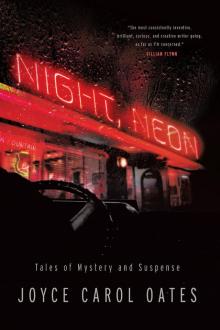 Night, Neon
Night, Neon I Am No One You Know: And Other Stories
I Am No One You Know: And Other Stories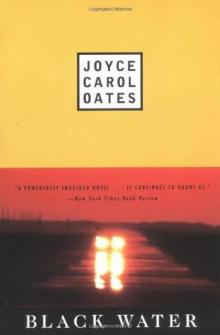 Black Water
Black Water Expensive People
Expensive People The Falls
The Falls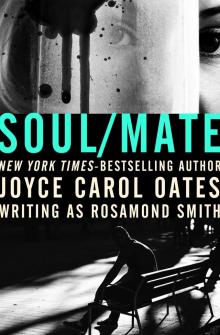 Soul/Mate
Soul/Mate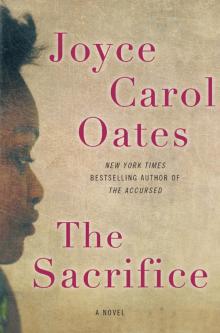 The Sacrifice
The Sacrifice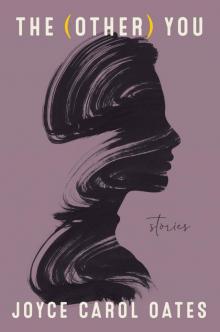 The (Other) You
The (Other) You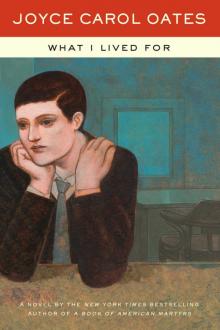 What I Lived For
What I Lived For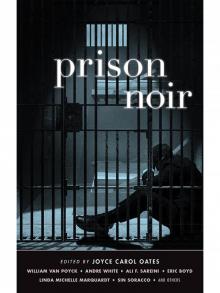 Prison Noir
Prison Noir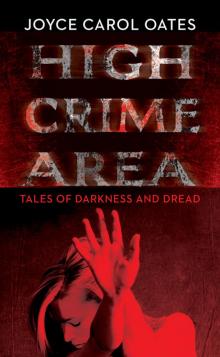 High Crime Area: Tales of Darkness and Dread
High Crime Area: Tales of Darkness and Dread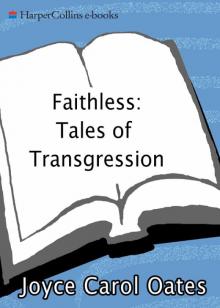 Faithless: Tales of Transgression
Faithless: Tales of Transgression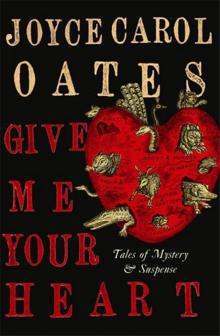 Give Me Your Heart: Tales of Mystery and Suspense
Give Me Your Heart: Tales of Mystery and Suspense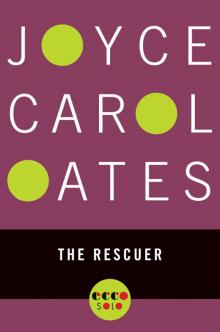 The Rescuer
The Rescuer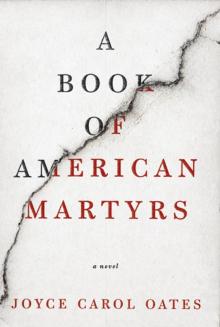 A Book of American Martyrs
A Book of American Martyrs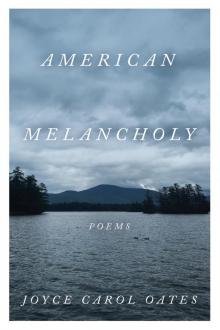 American Melancholy
American Melancholy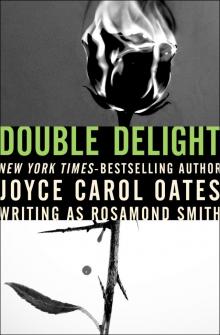 Double Delight
Double Delight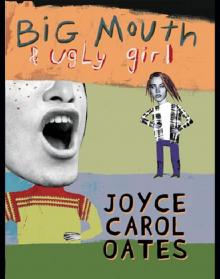 Big Mouth Ugly Girl
Big Mouth Ugly Girl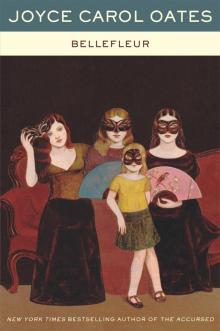 Bellefleur
Bellefleur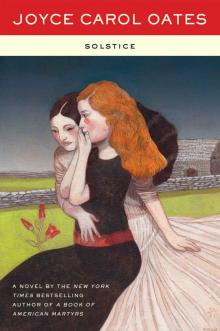 Solstice
Solstice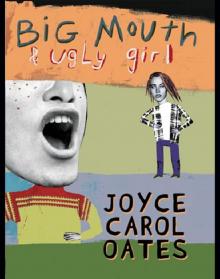 Big Mouth & Ugly Girl
Big Mouth & Ugly Girl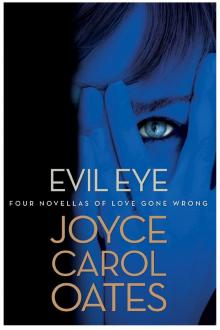 Evil Eye
Evil Eye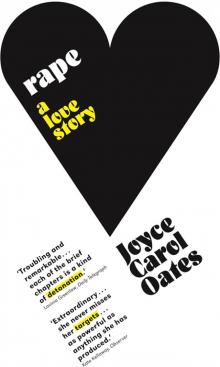 Rape
Rape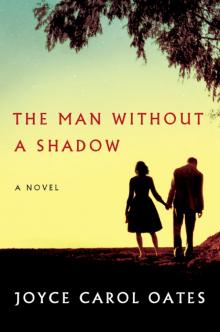 The Man Without a Shadow
The Man Without a Shadow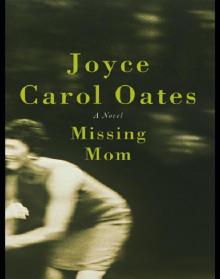 Missing Mom
Missing Mom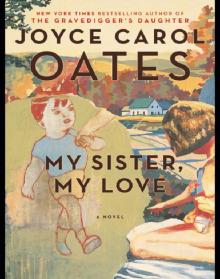 My Sister, My Love
My Sister, My Love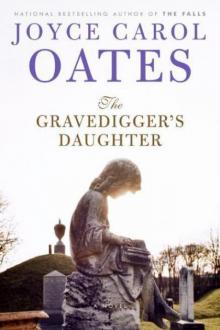 The Gravedigger's Daughter
The Gravedigger's Daughter Beautiful Days
Beautiful Days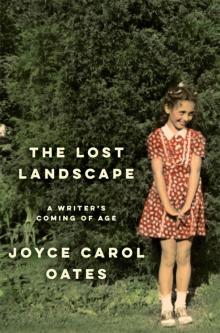 The Lost Landscape
The Lost Landscape Daddy Love
Daddy Love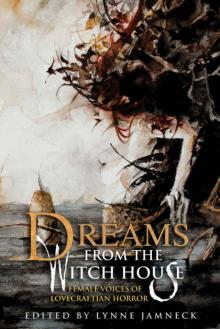 Dreams from the Witch House: Female Voices of Lovecraftian Horror
Dreams from the Witch House: Female Voices of Lovecraftian Horror The Tattooed Girl
The Tattooed Girl Give Me Your Heart
Give Me Your Heart In Rough Country
In Rough Country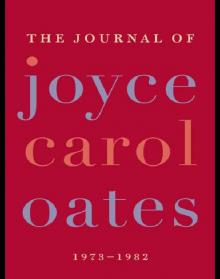 The Journal of Joyce Carol Oates
The Journal of Joyce Carol Oates Black Dahlia & White Rose: Stories
Black Dahlia & White Rose: Stories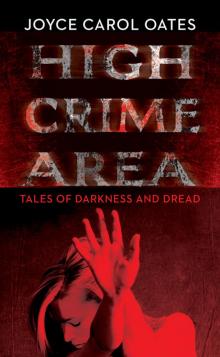 High Crime Area
High Crime Area Lovely, Dark, Deep
Lovely, Dark, Deep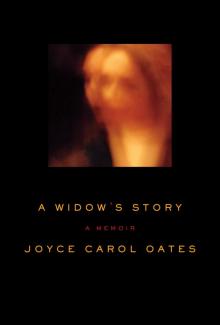 A Widow's Story
A Widow's Story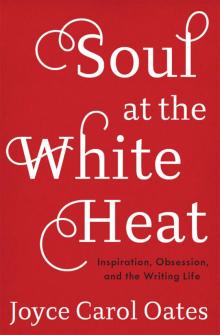 Soul at the White Heat
Soul at the White Heat Wild Nights!
Wild Nights!